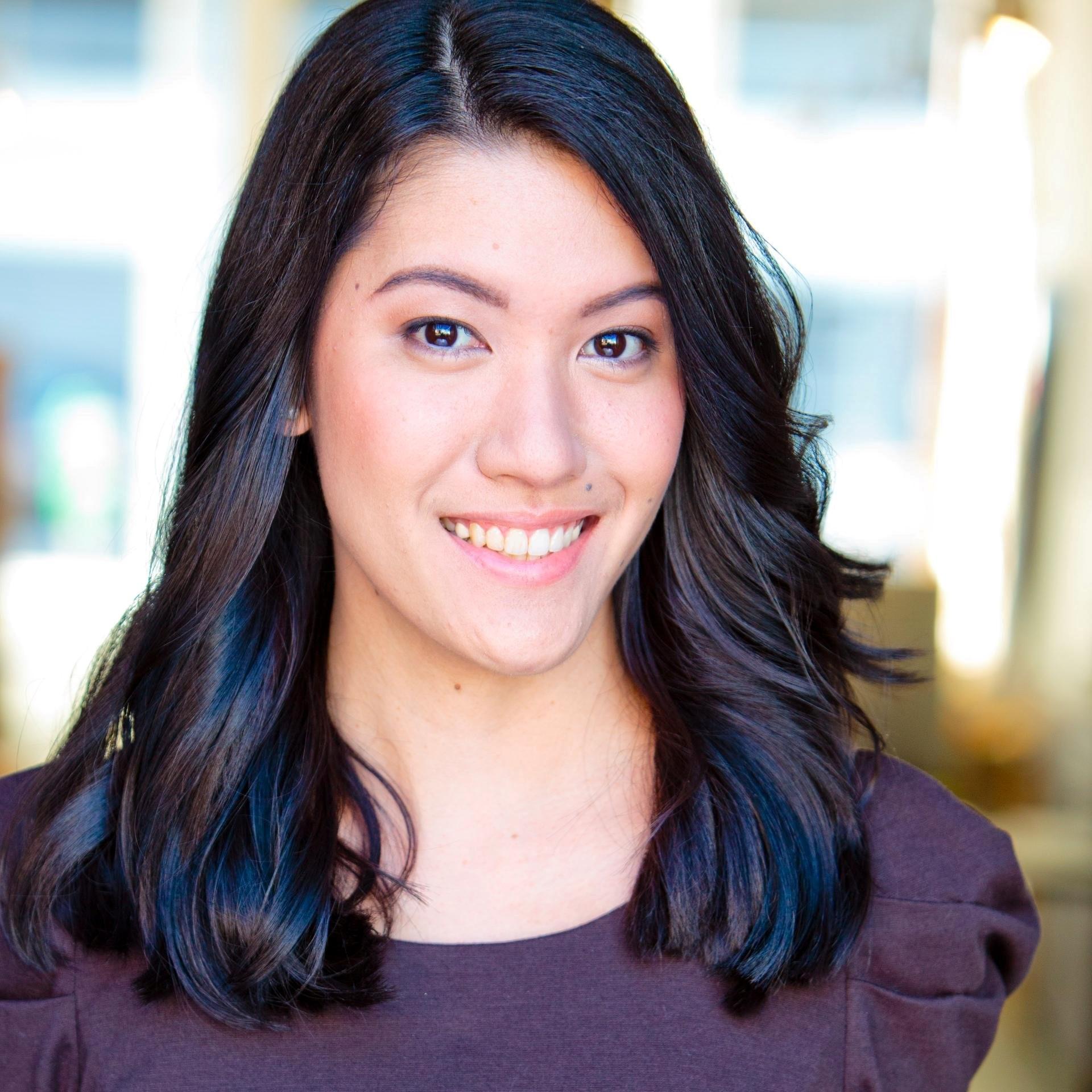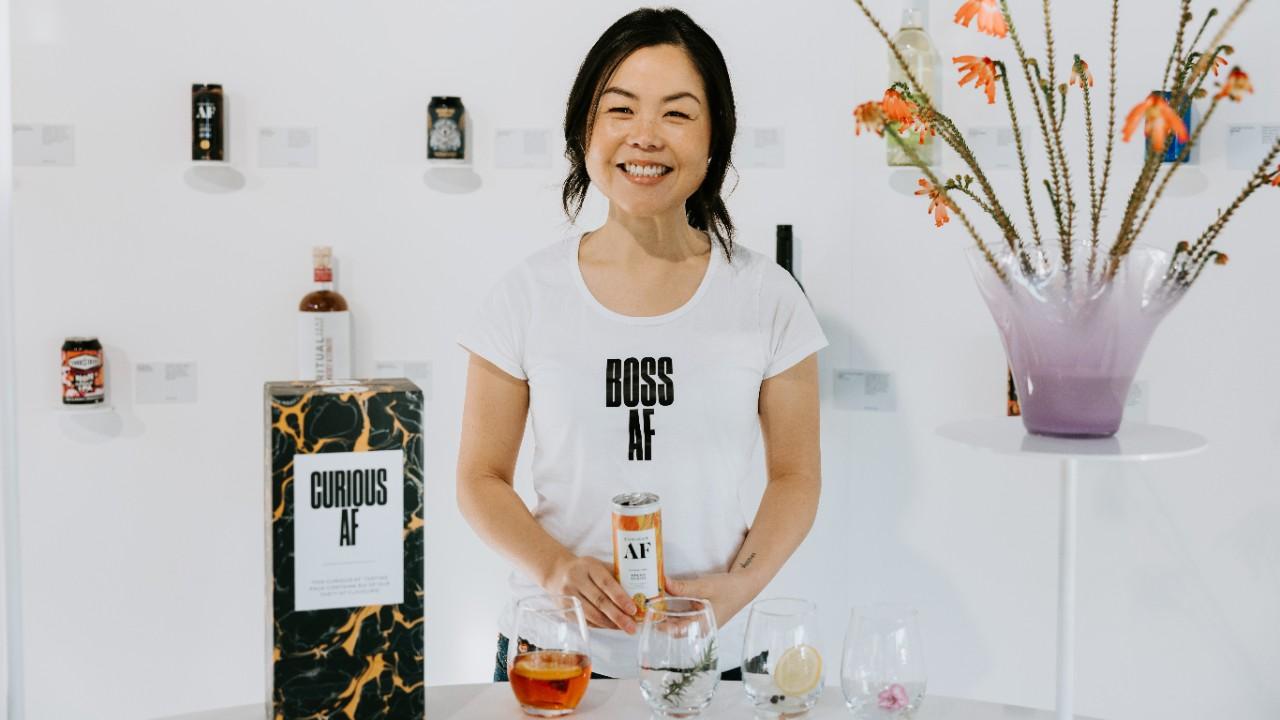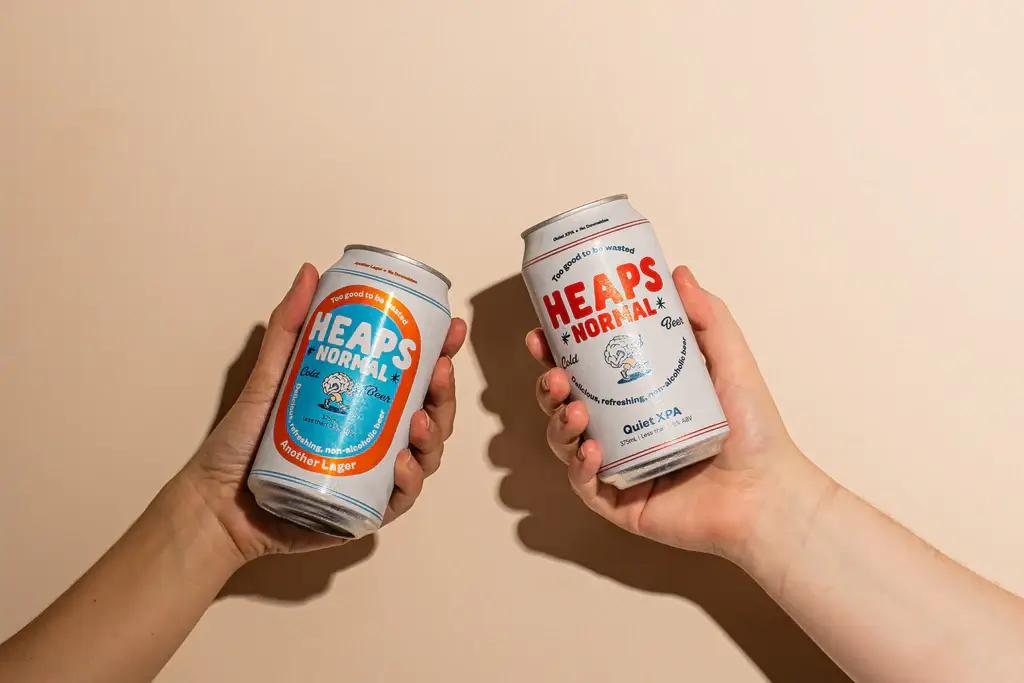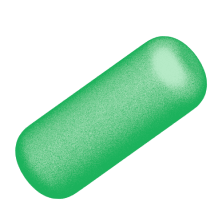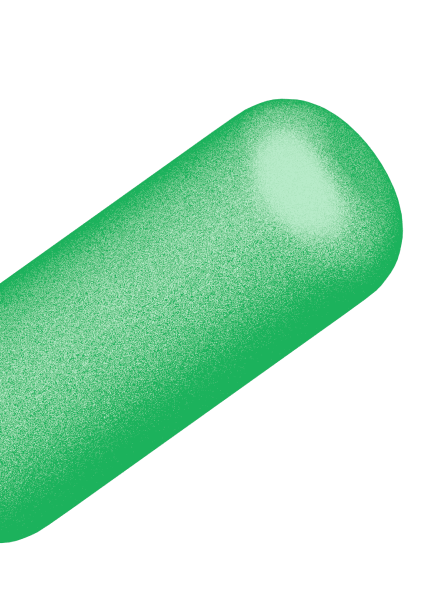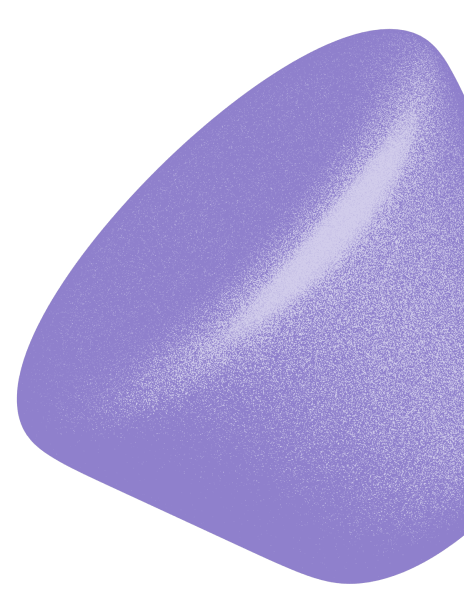The rise (and rise) of the non-alcoholic beverage industry

Fact: In recent years, the non-alcoholic beverage industry has grown by leaps and bounds. Whether it's Dry January or Sober October, more and more people are opting to consume alcohol-free drinks.
Sales of non-alcoholic beverages are soaring in the United States. According to NielsenIQ,, opens in new tab dollar sales of non-alcoholic drinks saw a 20.6% year-on-year growth in 2022.
Our data at Tracksuit shows that in New Zealand, 2.1 million consumers have bought or are open to purchasing a non-alcoholic beverage in the last three months. What's more, category penetration increased 40% from 1.5 million in February 2022 to 2.1 million in January 2023.
A similar trend can be seen in Australia. Our data shows that 7.9 million consumers have bought or are open to buying a non-alcoholic beer in the last three months.
The rise of non-alcoholic beverages can be seen worldwide, but what are the factors driving this trend? And who are the key players in the market?
In this article, we'll explore the rise (and rise) of alcohol-free beverages and discuss why people choose these drinks over traditional alcoholic options.
The top reasons non-alcoholic drinks are growing in popularity 📈
The rise of non-alcoholic beverages is driven by a combination of health, cultural and generational factors. Let's take a closer look below.
Health and wellness
Consuming alcoholic drinks may be enjoyable for many, but it's not exactly healthy. People are a lot more conscious of alcohol's negative impact on their health (e.g., anxiety, high blood pressure, a weakened immune system, etc.), so they're looking for alternatives.
Data from Nielsen, opens in new tab shows that 34% of U.S. consumers indicate health and lifestyle as a reason for ditching alcohol.
In line with this, the increasing popularity of vegan, low-carb, and gluten-free diets is prodding would-be drinkers to find beverages that fit their lifestyles. For instance, many consumers opt out of drinking beer because of its carb and gluten content.
Generational perception
When it comes to the non-alcoholic movement, Gen Z is undoubtedly leading the pack. Industry data shows that Gen Z consumers drink 20% less per capita than Millennials.
Why? Well, young consumers simply perceive booze differently compared to older generations. While Gen Xers and, to a certain extent, Millennials, see alcohol as a means to socialize or de-stress, Gen Z consumers have adopted a less-than-rosy view.
Research by Google, opens in new tab found that 70% of Gen Z respondents think binge drinking is "very risky," and 41% associate alcohol with "vulnerability", "anxiety" and "abuse."
As such, teens and young adults are much more likely to steer clear of drinking alcohol and instead order beverages that keep them sober and clear-headed.
Cultural and societal shifts
Interspersed with all of the above are cultural and societal changes that have made folks less inclined to grab a beer or cocktail.
Today, consumers have a lot more options when it comes to where and how they socialize. While previous generations would typically go out for a drink after leaving the office, the rise of remote work paved the way for virtual social gatherings.
And when people do meet up, they want to engage in more meaningful and healthier activities, like taking a walk or grabbing coffee.
AF Drinks is a non-alcoholic cocktail brand that was founded in 2020 by Lisa King, who had begun her own journey in cutting back on alcohol. Through her research, she found out about a growing movement of people choosing non-alcoholic drink options.
"When I was looking at the overseas data this term ‘sober curious’ kept coming up about this movement. It was really interesting to see the first few brands coming out like Seedlip, and then when a brand like Heineken gets onto this, you go ‘Okay, there’s got to be something in it," Lisa says.
"It doesn’t take a lot to figure out there are all these moments when people don’t want to drink. You’ve got to drive, or you’ve got kids. I've talked to lots of parents, and no one wants to be hungover on a Saturday morning. So I think there was enough compelling evidence for me to go, ‘I think there is something in this.’"

"When we first introduced AF there were a lot of people that were like ‘Why would you ever have a G&T without Alcohol?’ It was really interesting, there was that kind of pushback: ‘What’s the point? Drink water, drink Coke.’ When we did tastings, the minute you told people it was alcohol free they’d be like ‘No thanks’ like it was a really bad thing.”
"But it has changed really fast and now when we do tastings, no one says ‘I don’t see the point in that’. People now get this concept, we don’t have to explain it, it’s happened relatively quickly.”
Originally a New Zealand brand, AF has expanded to the US. They now have partnerships with retailers like Sprouts and Down to Earth. You can also purchase AF drinks on Amazon and Doordash.
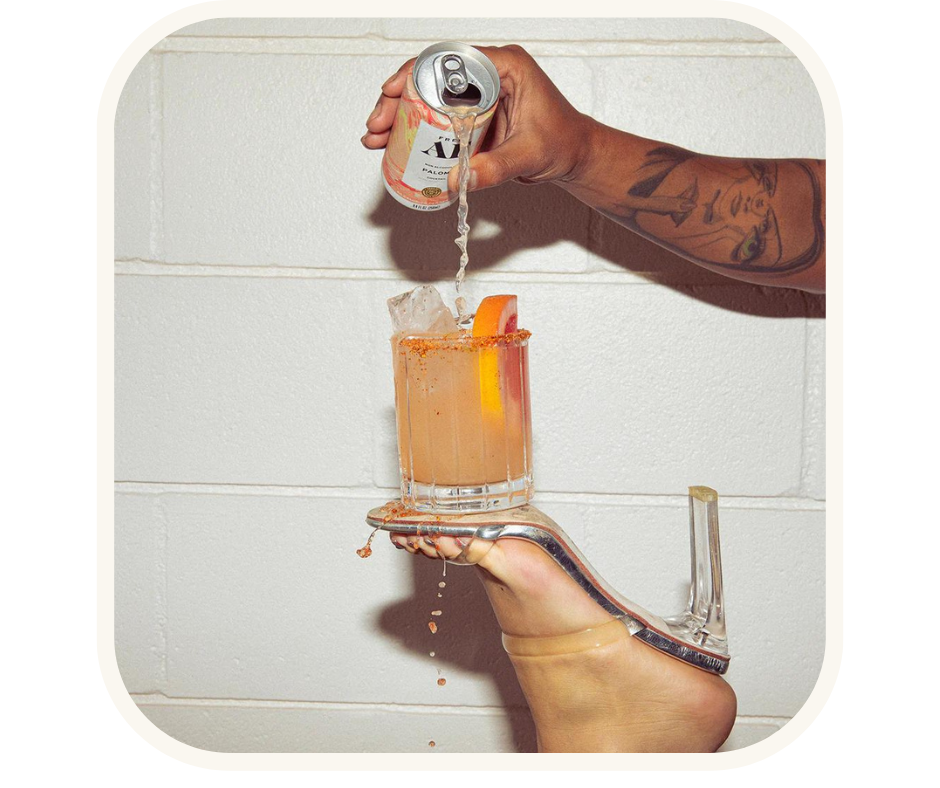
It's also worth noting our lives are much more documented these days. Folks are less likely to get drunk and lose control out of fear that their actions end up on social media.
That same Google research cited above found that 49% of Gen Z say "their online image is always at the back of their mind" when they socialize. What's more, 76% always want to be in control of all aspects of their life.
6 branding tips for non-alcoholic beverages 🧉
Now that we've covered the "why" behind the non-alcoholic industry let's dive into what brands can do to succeed in the market.
1. Adopt modern messaging
Since the vast majority of the sober-curious consist of young consumers (Gen Z in particular), you need to adopt a voice that resonates with this market. Speak their language. Hone in on their specific needs and motivations, then address them in your copy and imagery.
AF Drinks, opens in new tab does just that. The product's name is an acronym of 'alcohol free' but it also is a play on words of a popular expression among Millennials and Gen Z (AF meaning "as f***"), making the brand instantly memorable — and relatable — to its target audience.
The brand uses this same cheeky style when describing its products. A key ingredient of the brand's cocktails is Afterglow™, an extract that imitates the warm feelings of alcohol — without the booze.
But rather than describing it using technical language, Free AF markets Afterglow™ as such:
WTF is Afterglow™?! You know that rosy glow in your cheeks and the warm wave that washes over you after your first few sips of a cocktail? That's Afterglow™
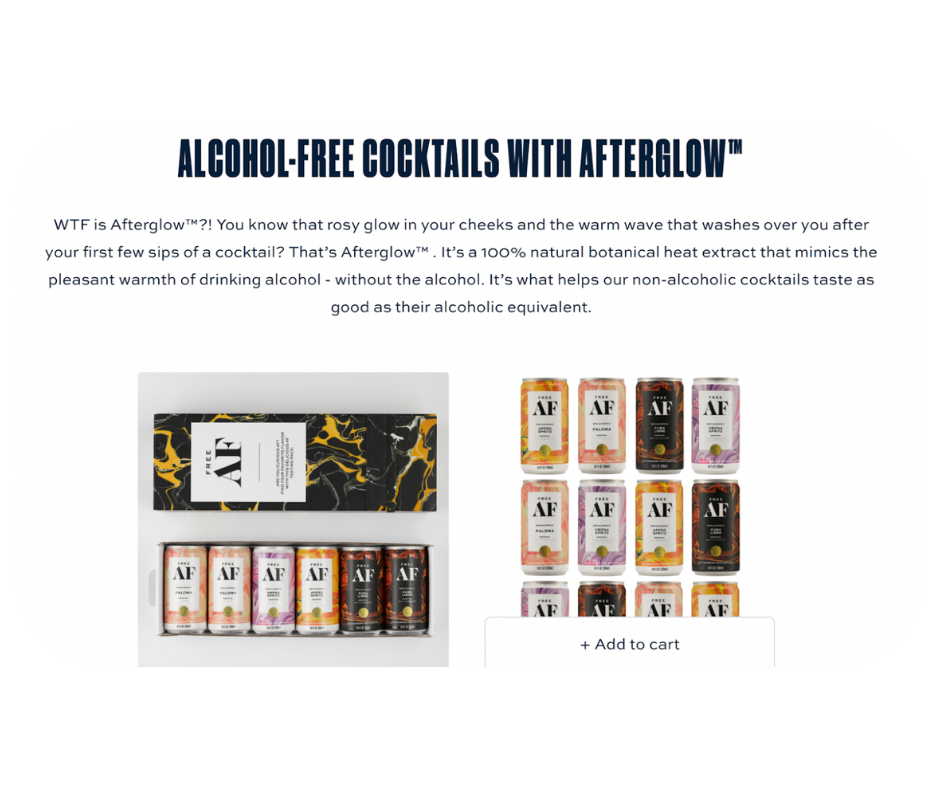
See if you can do something for your branding strategy. Know the language of modern shoppers and incorporate it into your copywriting and messaging.
2. Leverage storytelling
Storytelling is a powerful tool that does wonders for conveying your message. Why? Because science. Research shows the human brain likes to process things in narratives, so stories tend to stick more than just plain facts and figures.
Once again, AF Drinks does an excellent job here. The company clearly understands the capabilities of a good story, and this is reflected in initiatives like the Free AF podcast, which features sober-curious people and their stories.
There's also a dedicated section on AF Drink's website containing stories about the company's founder, products, and more.
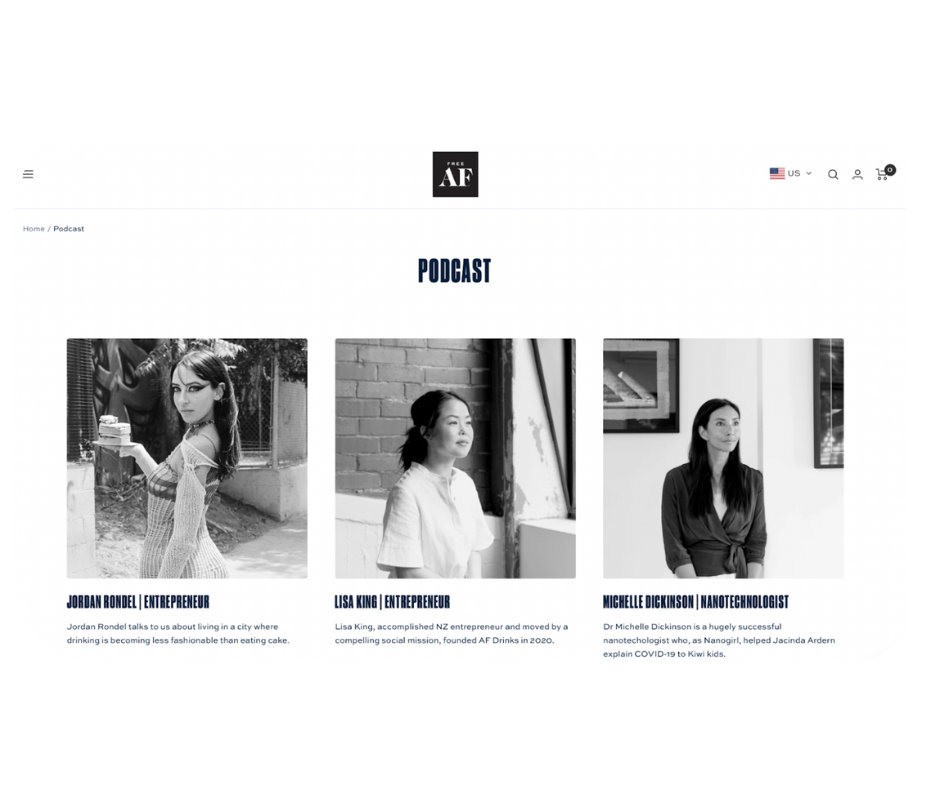
3. Normalize mindful drinking or abstinence
While soberness and sober-curiosity are increasingly perceived as normal among younger generations, some stigma is still involved.
A 2021 study published in the Substance Use & Misuse journal, opens in new tab showed that about a quarter (24%) of non-drinkers reported having to justify their decision to abstain from alcohol in social situations. The researchers also found that 21% of respondents felt like outsiders for not drinking, and 17% felt pressured to drink.
These stats indicate that there is still work to be done to remove the social stigma around drinking less (or not drinking at all).
If you're a brand that plays in this space, it's essential to contribute to the conversation and normalize alcohol abstinence.
Consider the non-alcoholic beer brand Heaps Normal, opens in new tab, which is on a mission to normalize drinking without alcohol.
Aside from "brewing beer that tastes so good, you won't miss the alcohol," Heaps Normal fulfills its mission through initiatives like Normal Stories, a section on its website showcasing stories from the Heaps Normal community (see, we told you storytelling is effective!)
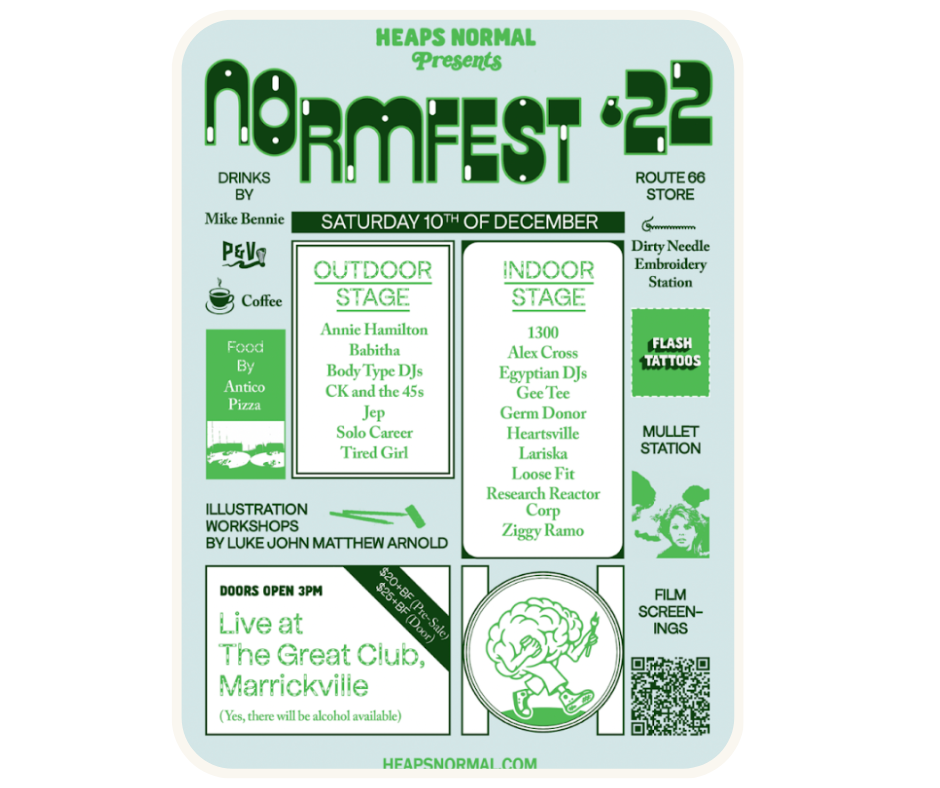
There's also NORMFEST '22, an event that featured performances from great artists and served as a celebration of "music, art, food, drinks, challenging ideas and good times."
4. Go for big, bold branding
Challenging the norm requires you to be bold. A distinct style is vital in reaching younger demographics; plus, it sets you apart from other players in this increasingly competitive space.
There's no shortage of non-alcoholic brands that can give inspiration here. Most of the companies showcased in this article have mastered the art of pushing boundaries with their branding.
Here's another one for you: Kin Euphorics,, opens in new tab a non-alcoholic, functional beverage company. Kin incorporates bright, bold colors and catchy copy to catch people's attention and encourage them to dive deeper into its products.
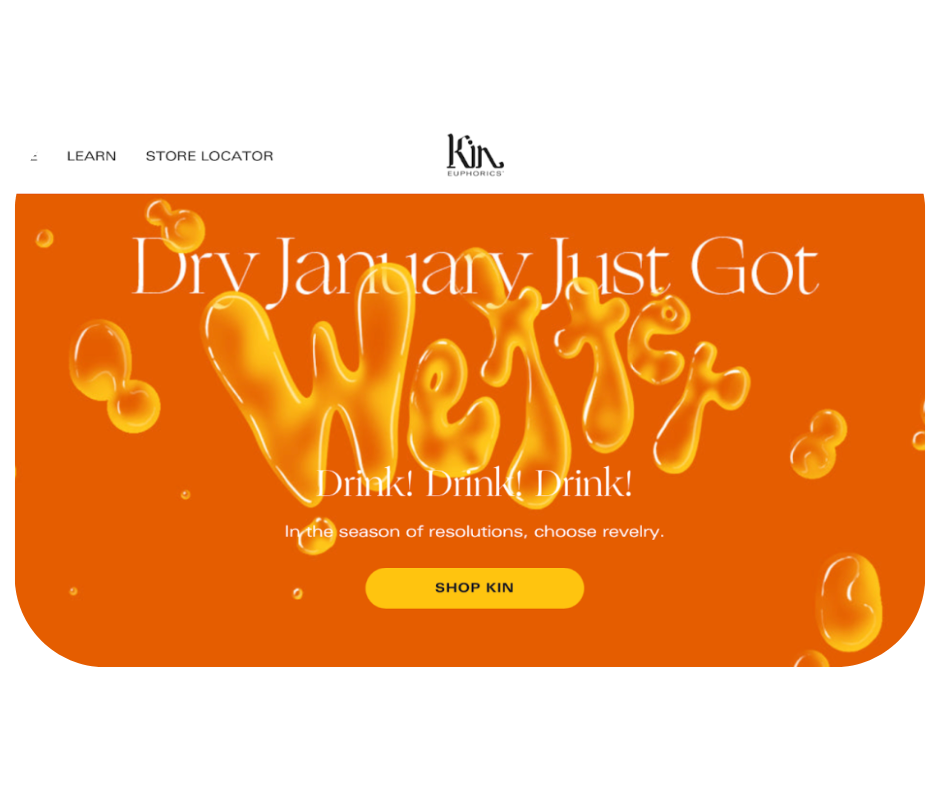
Kin Euphorics' January 2023 homepage, for instance, had a catchy line that read, "Dry January Just Got Wetter; Drink! Drink! Drink!"
AF Drinks' Lisa King says their brand name and communications makes great use of playing on the meme 'AF'. In New Zealand, that's Curious AF and in the United States, where the brand is launching in Sprouts Farmers Market stores, that's Free AF.
"AF is the prominent brand and then whatever word we use to describe it, we can change that for each market. We talk about AF in different ways: it can be sexy, it can be posh, it can be sharp. The structure of our brand means we can be flexible, but AF is always our primary brand," Lisa says.
"The States is the land of the free, so Free AF talks about the lifestyle and the aspiration we want to get across. When you don’t drink you’re free to go do whatever you want, you’re not held back by a boozy night out. Curious talks to the kinds of people who are curious about their relationship with alcohol and how that plays in their life."
Subscribe to Shorts (that's our newsletter!)
Get insights, stories and goodness from the world of brand that'll help you win.
5. Celebrate the sober-curious lifestyle
While it's important to highlight the benefits and features of your products, your efforts will be far more productive if you also highlight the sober-curious lifestyle in and of itself.
You can accomplish this by showing your products in action, say in social situations.
Check out this example from Everleaf Non-alcoholic, opens in new tab. The brand's Instagram account is filled with lifestyle shots showing how people can enjoy Everleaf in various areas of their lives.
6. Ensure your brand extends beyond the drinks themselves
Investing in solid product branding — including the copy and imagery on your packaging — is essential.
That being said, if you want to extend the reach of your efforts, you need to encourage people to experience your brand beyond your products. The Heaps Normal's Normfest event above is an excellent example of this.
Meanwhile, Athletic Brewing, opens in new tab, a leading provider of non-alcoholic brews in the U.S., sells merch in addition to its beverages. Head over to Athletic Brewing's ecommerce store, and you'll see branded retail items like apparel, drinkware, and even pet accessories.
It's a smart move that conveys Athletic Brewing isn't just a product — it's a lifestyle.
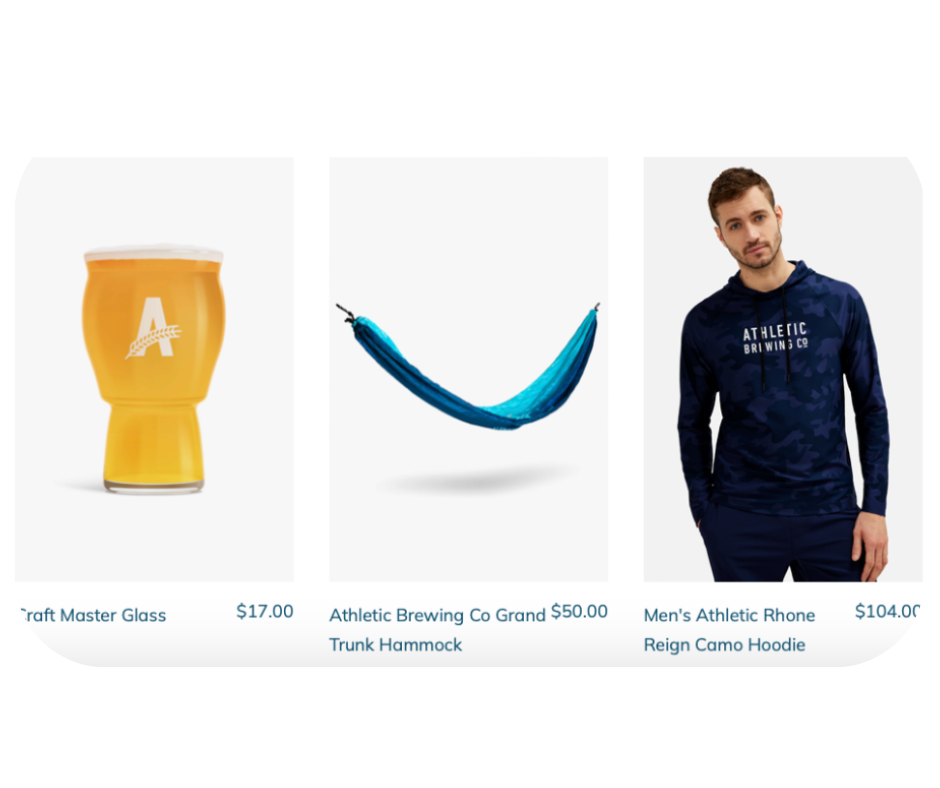
Bringing it all together
With more and more people getting interested in the sober-curious movement, now is a fantastic time to refine your branding efforts and ensure you're standing out and capturing the attention of your market.
So, try new things, and don't be afraid to be bold and cheeky (when appropriate, of course). And if you need help building, elevating, and managing your brand, Tracksuit makes it easy to measure brand health and track consumer sentiment, so you're always on the right track.
